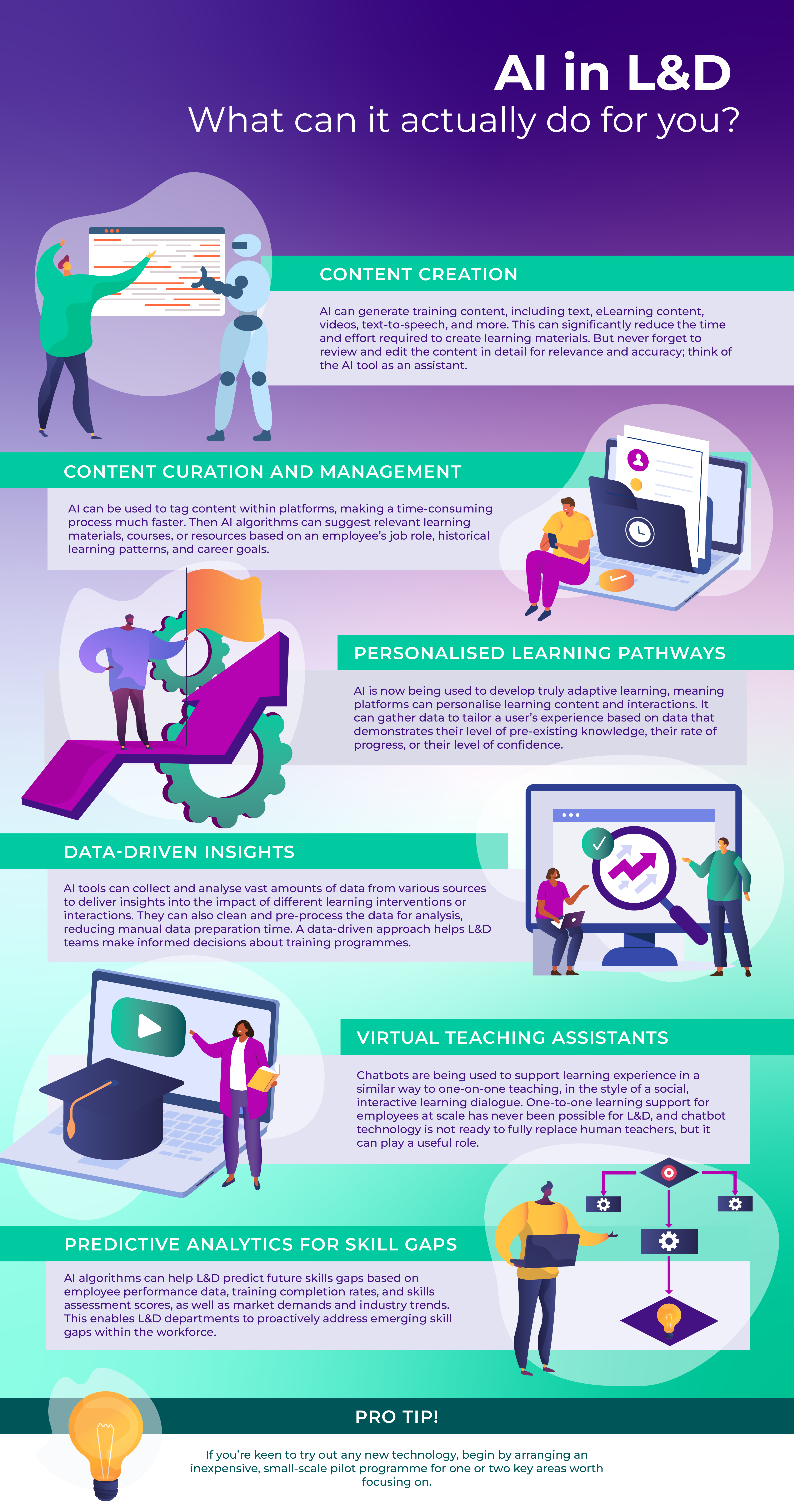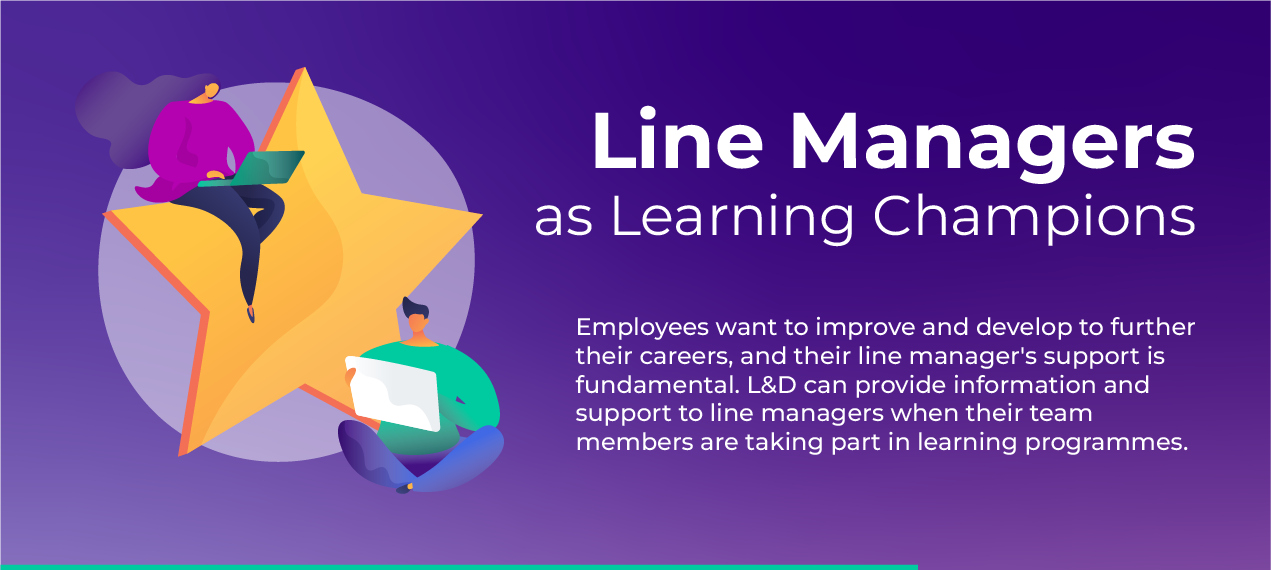So, you’ve decided that you need some learning for your organisation. Great! There’s one step that you can take to make sure everything runs more smoothly for you – and that is to define your ‘why’.
The author and speaker Simon Sinek tells us that whenever we start something we should always ‘start with why’. This is as true in learning as in anything else: whether it’s microlearning, cohort-based, blended, building communities of practice, or whatever form it takes, if you’re clear on the purpose, everything becomes easier.
With learning initiatives, starting with ‘why’ means answering two basic questions:
- Why does this learning matter to the organisation?
- Why should it matter to the individual learners?
Why it matters to the organisation
The answer to this seems easy – people who commission learning often have a clear idea in their own minds as to why it matters. And this learning is already linked to their corporate L&D strategy, so that’s OK, isn’t it?
Well, no, not really. McKinsey in 2019 reported that only 40% of companies say that their learning strategy is aligned with business goals. This seemed to improve slightly to 46% in 2020 in a survey by Brandon Hall, but that same survey found that 20% of companies had no learning strategy at all.
And for the 50-60% who have a learning strategy aligned with business goals, this alignment is often at a very high level.
So it’s always a useful exercise to dig into why the learning matters. Look at your organisational objectives, strategy and vision: which aspects does this initiative address? And how does it do so? And if it’s successful, what will that look like for the organisation? The questions to ask are all about being more specific. A technique such as the ‘5 whys’ can be useful here. For example, imagine you want to train your sales team on using the Challenger model. Your 5 whys might look something like:
WHY do you want this training?
- So that the sales team can move from different models and consistently use the challenger model
WHY will this help?
- They can bring a different view of the world to our customers
WHY is that useful?
- They can push and support our customers better
WHY should they do that?
- They’ll build a stronger relationship with customers
WHY is that of value for the business?
- Our strategy is to focus on existing clients. Our aim is to increase business from existing clients from our current 30% of revenue to 60% in 2 years. Strong client relationships will support this.
You can run this exercise on your own, but it’s usually better to run it as a group, where other perspectives can lead to more insightful outcomes, and you'll have other colleagues invested in the programme success.
It can feel like a lot of work for little reward, but if you get it right, as you can see from the example, you’ll have a stronger business case and a clearer set of outcomes to measure against. You’ll also have built a shared understanding with your colleagues of your overall aims and objectives.
Getting into the detail and mapping out exactly how your learning initiative supports organisational objectives can help you think through whether this is genuinely a worthwhile endeavour. It might lead to a decision not to continue – that’s fine too, because you’ve tested your idea and won’t waste time developing useless training.
How it helps your programme
A clear ‘why’ will lead to learning outcomes that support this ‘why’, will help control project scope, resources, budget, timeliness, and will lead to meaningful evaluation of its success.
Measures of success are easier – your project links to a specific business objective, with clear intended outcomes. We can consider business impact – not always easy to measure, and still a challenge, but easier where there is clear alignment. There is still a question here: if performance improves, how much is due to the training? But this is a better situation to be in than purely relying on learner satisfaction scores!
Design decisions are easier. For example, if the aim is to improve a particular skill, this points us towards active learning and building in opportunities for practice. If the aim is also to generate excitement and raise awareness, this points towards the use of exemplars or champions, emotive techniques, and social learning.
It’s easier to reach consensus. A common complaint that learners have is that their online learning programmes contain too much content. Learning outcomes and course outlines don’t always alleviate this problem, but a clear vision and sense of purpose for the project acts as an extra layer and helps keep the focus on what the learners actually need.
What about your learners?
Dan Pink, in his bestseller Drive, shows that a sense of purpose is a key motivator for adults (the others are autonomy and mastery), and andragogy (a theory of adult learning) also tells us that adults will learn more effectively if they understand why they need to learn. So a clear link between your learning initiative and the organisation’s purpose will help them with their ‘why’.
This is even more helpful in a purpose-driven organisation. Employees often seek out employers whose purpose aligns to their own values, and are typically more engaged, productive in those organisations. So if your learning aligns with that purpose, they’re more likely to engage with it.
One final part of your ‘why’ should be to speak directly to the learners’ needs. The old concept of ‘What’s in it for me?’ is always valid. Dan Pink can help here too: will this learning help develop their mastery? Will it provide them with more agency or autonomy in their future work? What other benefits will they gain? Is it clearly relevant to their jobs and does it actually address their challenges?
Conclusion
Take the time upfront to clarify the reasons for your project – for the organisation and individuals. It’s more work and more planning, but it can pay huge dividends! Next month, we’ll take a closer look at learner needs and how you can factor those into your programme design.
Interested in a learning strategy that works? Talk to us today.







Was this article helpful?